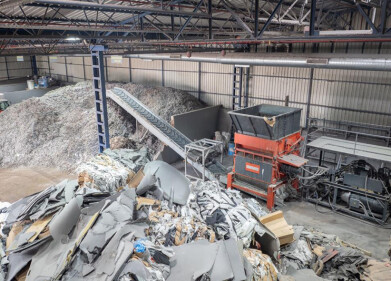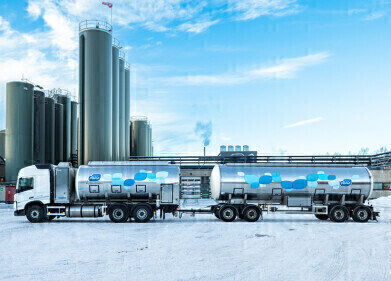Hazardous waste
Cleansing toxic waste - with vinegar
Aug 28 2009
Engineers and environmental scientists at the University of Leeds in England are developing methods of helping contaminated water to clean itself by adding simple organic chemicals such as vinegar.
The harmful chromium compounds found in the groundwater at sites receiving waste from former textiles factories, smelters, and tanneries have been linked to cancer, and excessive exposure can lead to problems with the kidneys, liver, lungs and skin.
The research team, led by Dr Doug Stewart from the School of Civil Engineering and Dr Ian Burke from the School of Earth and Environment, has discovered that adding dilute acetic acid (vinegar) to the affected site stimulates the growth of naturally-occurring bacteria by providing an attractive food source. In turn, these bacteria then cleanse the affected area by altering the chemical make-up of the chromium compounds to make them harmless.
“The original industrial processes changed these chemicals to become soluble, which means they can easily leach into the groundwater and make it unsafe, says Dr Burke. “Our treatment method reconverts the oxidised chromate to a non-soluble state, which means it can be left safely in the ground without risk to the environment. As it is no longer ‘bio-available’ it doesn’t present any risk to the surrounding ecosystem.”
Chromate chemicals have previously been successfully treated in situ in neutral Ph conditions, but this study is unique in that it concentrates on extremely alkaline conditions, which are potentially much more difficult to treat.
The current favoured method of dealing with such groundwater contaminants is to remove the soil to landfill, which can be costly, both financially and in terms of energy usage. The Leeds methods being developed will allow treatment to take place on site, which is safer, more energy efficient and much cheaper.
Dr Stewart says: “Highly alkaline chromium-related contaminants were placed in inadequate landfill sites in the UK right up until production stopped in the 1970’s – and in some countries production of large quantities of these chemicals still continues today. The soluble and toxic by-products from this waste can spread into groundwater, and ultimately into local rivers, and therefore will remain a risk to the environment as long as they are untreated.”
Current environmental regulations mean that before the team can test out its research findings in the field, they need water-tight proof that their methods can work, as it is illegal to introduce any substance into groundwater - even where it is contaminated - unless it has been shown to be beneficial.
“From the results we have so far I am certain that we can develop a viable treatment for former industrial sites where chromate compounds are a problem,” says Dr Stewart. “Our next step is to further our understanding of the range of alkalinity over which our system can operate. As society becomes more environmentally-aware, new regulations demand that past mistakes are rectified and carbon footprints are reduced. By designing a clean-up method that promotes the growth of naturally occurring bacteria without introducing or engineering new bacteria, we are effectively hitting every environmental target possible.”
Events
Apr 08 2025 Targi Kielce, Poland
Apr 08 2025 Bahrain
Apr 10 2025 Beijing, China
Apr 10 2025 Beijing, China
Apr 15 2025 Moscow, Russia














